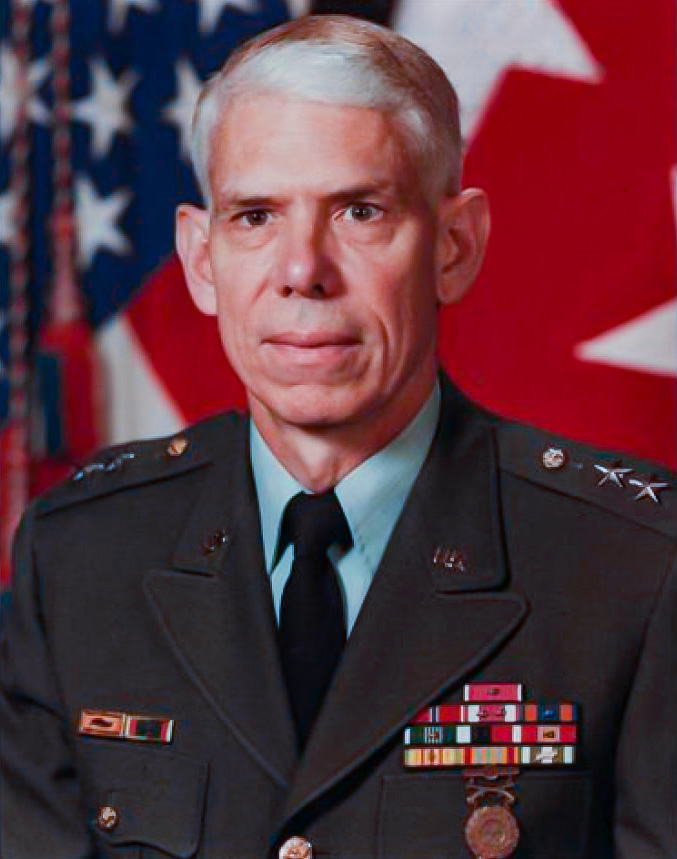Operation Highjump, officially known as The United States Navy Antarctic Developments Program, 1946–1947, was one of the most ambitious Antarctic expeditions ever undertaken. Led by Rear Admiral Richard E. Byrd, the mission was primarily organized by the U.S. Navy and involved extensive naval and aerial operations in the Antarctic region. The operation began in August 1946 and lasted until early 1947, with the primary objective of establishing a U.S. military presence in Antarctica and assessing its potential for future scientific and strategic purposes.
Objectives and Execution
The stated goals of Operation Highjump were multifaceted. The U.S. Navy sought to train personnel and test military equipment under extreme polar conditions, establish and maintain bases, and conduct scientific research, including meteorological, geological, and electromagnetic studies. A significant component of the operation was also the aerial reconnaissance of Antarctica, with the intention of mapping as much of the continent as possible.
The expedition was vast, comprising over 4,700 personnel, 13 ships, and 33 aircraft. The central force of the mission, Task Force 68, was divided into three groups: a Central Group that was to establish the main base on the Ross Ice Shelf (named "Little America IV"), an Eastern Group, and a Western Group, each tasked with specific reconnaissance and operational duties. The aircraft involved conducted numerous flights, capturing thousands of photographs and expanding the known geography of Antarctica.
Challenges and Controversies
Despite its scale and organization, Operation Highjump faced numerous challenges. The harsh Antarctic environment proved formidable, with extreme cold, unpredictable weather, and hazardous ice conditions posing significant risks to personnel and equipment. Several aircraft accidents occurred, and the mission suffered casualties, including the loss of three aviators.
Adding to the intrigue surrounding Operation Highjump are the conspiracy theories that have emerged over the years. Some speculate that the expedition had undisclosed military objectives, including the investigation of Nazi bases in Antarctica or even encounters with unidentified flying objects. These theories, however, lack credible evidence and are generally dismissed by historians and military analysts.
Legacy and Impact
Operation Highjump significantly contributed to the world’s understanding of Antarctica. The aerial surveys and mapping efforts provided valuable geographic data that laid the groundwork for future Antarctic research and exploration. The operation also underscored the logistical and technical challenges of operating in polar environments, leading to improved cold-weather military strategies and technologies.
The expedition played a role in shaping U.S. and international interest in Antarctica, influencing future scientific missions and geopolitical strategies. It preceded the establishment of the Antarctic Treaty in 1959, which set the continent aside for peaceful scientific research and international cooperation.
Operation Highjump remains one of the most ambitious and logistically challenging Antarctic expeditions in history. While often shrouded in myth and speculation, its contributions to polar research, military preparedness, and geographic knowledge were substantial, solidifying its place in the annals of exploration history.

